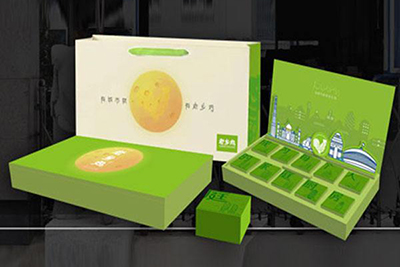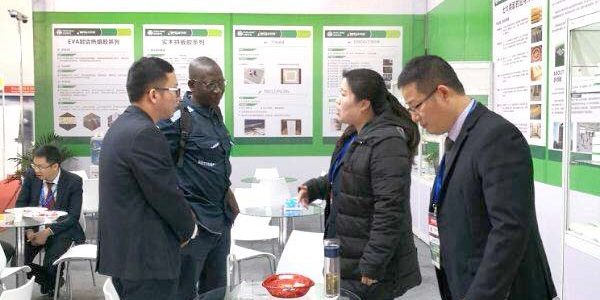Will the price of packaging materials continue to rise due to inflationary pressure in 2022?
Inflationary pressures on packaging materials will continue to rise in 2022, leading to double-digit price increases, with food packaging a major contributor, according to a new report from Rabobank.
Rabobank noted that consumer retail demand in the U.S. will remain strong through 2022. Total retail sales have achieved a compound annual growth rate of 10.3% over the past two years, and merchandise requires more packaging than before. In many cases, demand has outpaced growth in packaging production, resulting in a tight food packaging market and high operating rates for various materials such as beverage cans, corrugated boxes and PET milk bottles. At the same time, cost inflation is increasingly hitting the packaging industry due to rising energy, transport and labor costs. “Combined with the conflict in Ukraine, these factors will lead to sustained increases in food packaging prices over the next 12 months,” the report said.
In the field of fiber packaging, the report shows that corrugated cardboard in the United States has experienced five price increases since the outbreak, only one less than in the past 10 years. E-commerce sales have surged 14.3% since 2020, with recent rising costs and industry consolidation leading to continued price increases. While fiber is the most important cost component (in North America, it is relatively unaffected by the Ukraine war), other supply chain factors can also add to and impact paper prices.
* Soaring energy costs in Europe have created huge uncertainty for European papermakers. In Q4-21, oil-based energy represented 3% to 8% of total North American cash costs. Energy costs for paper packaging are expected to increase by 3.4% as crude oil prices may rise by 45%.
*Transportation and fuel costs are also set to rise at double-digit rates, so production costs are expected to rise by 2.3% to 3.6%.
*Cornstarch is a small but essential paper chemical in North America, which has experienced tight supply and high demand over the past two years. Corn prices have surged again since the Russo-Ukrainian war and are now twice as high as they were two years ago, strongly indicating a continuing upward trend in cornstarch prices.
*Due to short-term capacity constraints and rising costs, Rabobank forecasts that corrugated paper prices could see double-digit growth in 2022.
As for folding carton packaging, Rabobank said its demand outlook is more stable but, like corrugated packaging, is subject to general underlying inflation factors.
In the area of plastic packaging, the report noted that there have been once-in-a-lifetime price increases over the past two years due to weather events, infrastructure breakdowns, COVID-19 and labor shortages. But the company said demand for the resin remained strong as the U.S. economy showed resilience even in the face of higher inflation and fuel prices.
In 2021, the price of major packaging resins such as PET will increase by $0.26/lb, or 48.6%. Recent events in Ukraine continue to put upward pressure on packaging resins, with PET prices in the region increasing by $0.20/lb in the first two months of 2022. North America is heavily reliant on imported materials, and there has been no improvement in this regard due to ongoing supply issues for domestic PET production.
Rabobank said the ongoing war in Ukraine has caused volatility in global energy markets, forcing packaging resin prices to rise. Polyethylene suppliers announced a price increase of $0.04/lb for March and a further $0.04 to $0.05/lb in April. Polystyrene for food packaging is experiencing a $0.05/lb price hike due to higher monomer and benzene feedstock costs. Prices are rising throughout the resin supply chain.
Despite the price hike, the report noted that North America is seeing some relief, particularly in PE supply, with several new chemical plants coming online this year. “Most of these factories were originally designed for the export market, but logistical issues could hamper the 40% export target and realign some supplies to ease the domestic market,” the report said.
The price of aluminum products fluctuates greatly, and the price has risen by more than 40% in the past two years. The U.S. market continues to be dominated by a large supply gap, resulting in 15 billion cans imported in 2021, representing more than 15% of long-term U.S. demand. In addition, there are already huge supply and demand constraints in the global market, and the recent surge in energy prices has added another layer of inflation to energy-intensive industries. “Not only do we expect prices to rise in 2022, but we also expect small beverage producers to face continued risk of shortages in aluminium cans,” Rabobank said.
The glass packaging supply chain is energy-intensive and is expected to be severely impacted by rising energy costs. As the largest importer of glass bottles, the supply of glass bottles in the United States is more closely linked with the global market, and the impact of the EU energy crisis may be more obvious. Supply is expected to be tight over the next 12 months, especially for breweries, breweries and craft brewers.






